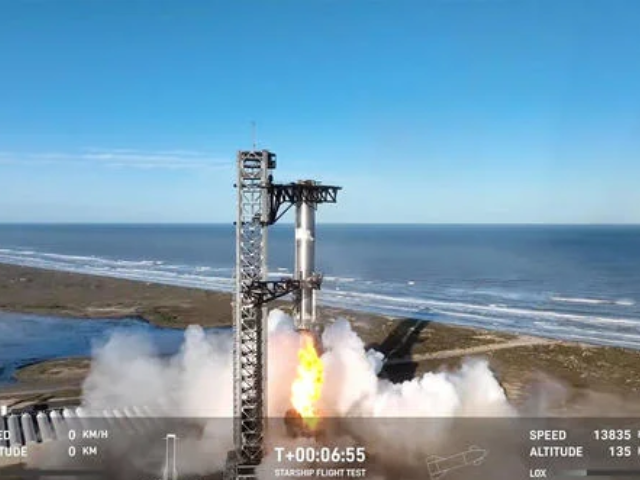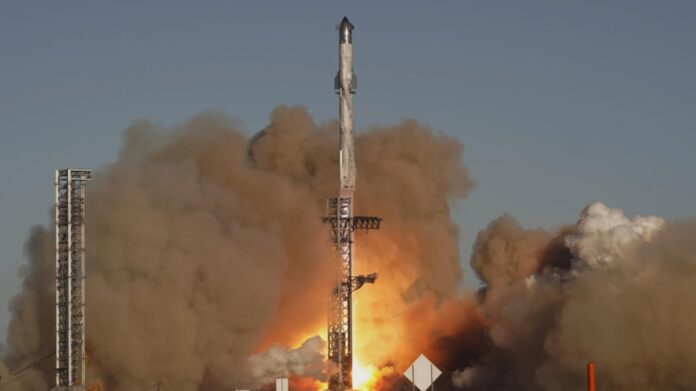SpaceX’s Starship was destroyed in the seventh test flight on January 16, 2025. Despite a promising beginning, the mission ended in a crash. It highlighted challenges and progress for SpaceX in the journey toward making life multi-planetary.
Standing at 403 feet tall with a diameter of 29.5 feet, Starship is an engineering marvel. All 33 Raptor engines powered up at liftoff, producing an incredible 16.7 million pounds of thrust. The spacecraft launched from Texas and followed a near-global trajectory, ending its journey in the Indian Ocean. It carried 10 dummy satellites to be deployed during the flight, marking the first flight of an upgraded Starship.

A Promising Start Turns to Failure
Eight minutes and 30 seconds into the flight, six sequential engine failures cut contact. SpaceX issued a “rapid unscheduled disassembly” report, meaning it experienced an explosion, with the spacecraft attaining an altitude of 90 miles and maximum speeds of 13,245 mph prior to the accident. The accident had an impact on air traffic, creating a need for hundreds of flights to reroute in view of potential debris.
Notable Achievements Amid the Setback
There were still some notable successes. The booster was caught safely by the mechanical arms of the launch tower, nicknamed “chopsticks,” showing that reusability is being made. SpaceX emphasised the value of the test in advancing Starship’s reliability, saying, “Success comes from what we learn, and this flight test will help us improve Starship as SpaceX seeks to make life multi-planetary.

The company is conducting a thorough review to determine the cause of the failure. SpaceX assured the public that debris fell within designated hazard zones and urged anyone encountering debris to contact authorities rather than handle it directly.
Blue Origin’s Success Highlights Rivalry
This failure serves as a reminder of the unpredictable nature of experimental aerospace engineering. SpaceX is working on Starship, the centrepiece of its interplanetary travel ambitions, and racing Jeff Bezos’s Blue Origin. On the same day, Blue Origin reached a milestone with the first successful launch of its New Glenn rocket into orbit.
Read More: Elon Musk Planning to Take Over Another Major Social Media Platform?
Both of these companies are collaborating with NASA on lunar landers for cargo deliveries to the moon, a development expected to become a reality later in this decade. Given that many challenges lie along the path of space exploration, the lessons drawn from these test flights bring humanity closer to its goal of examining new frontiers.
Stay tuned to Brandsynario for latest news and updates






































